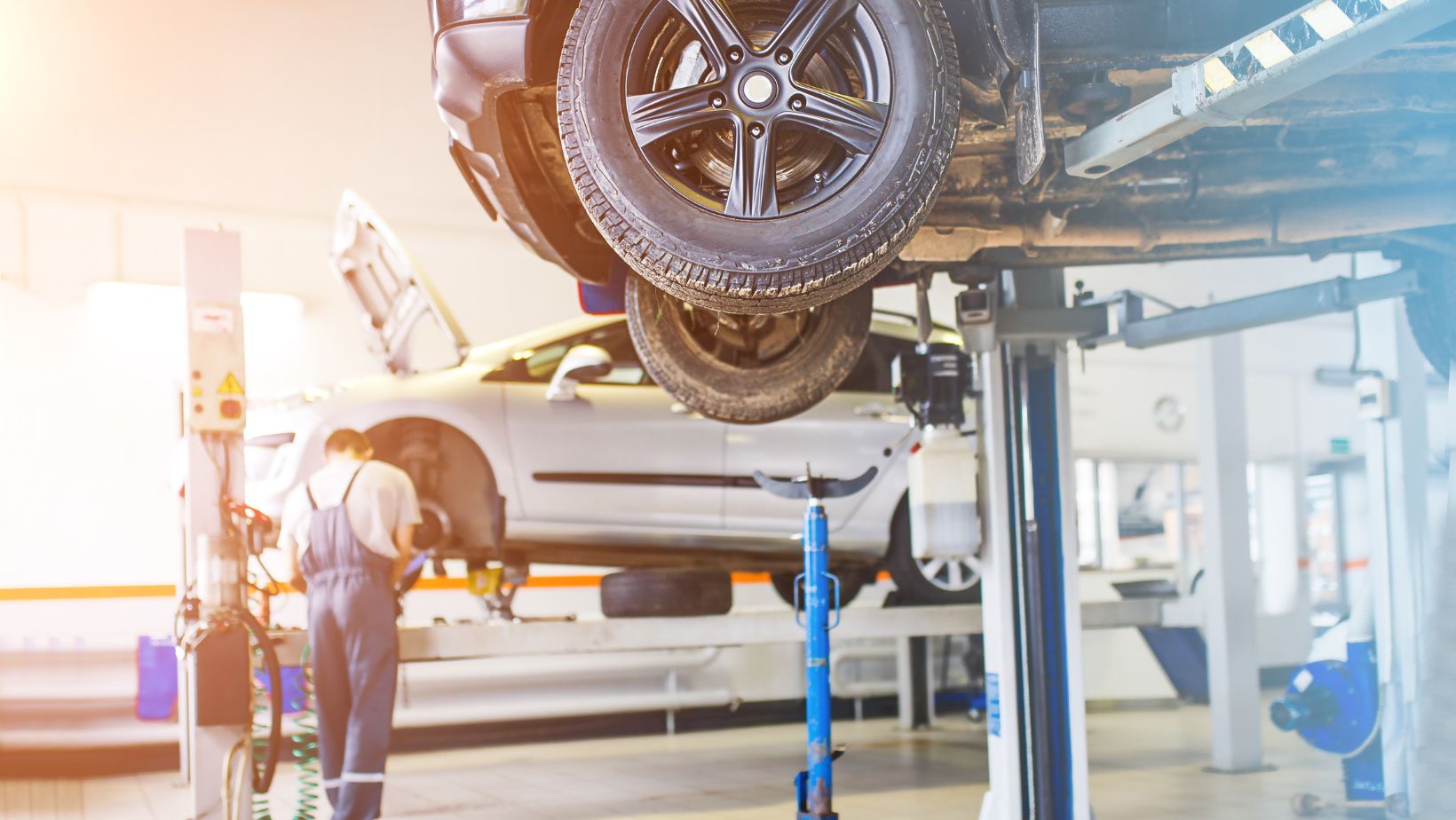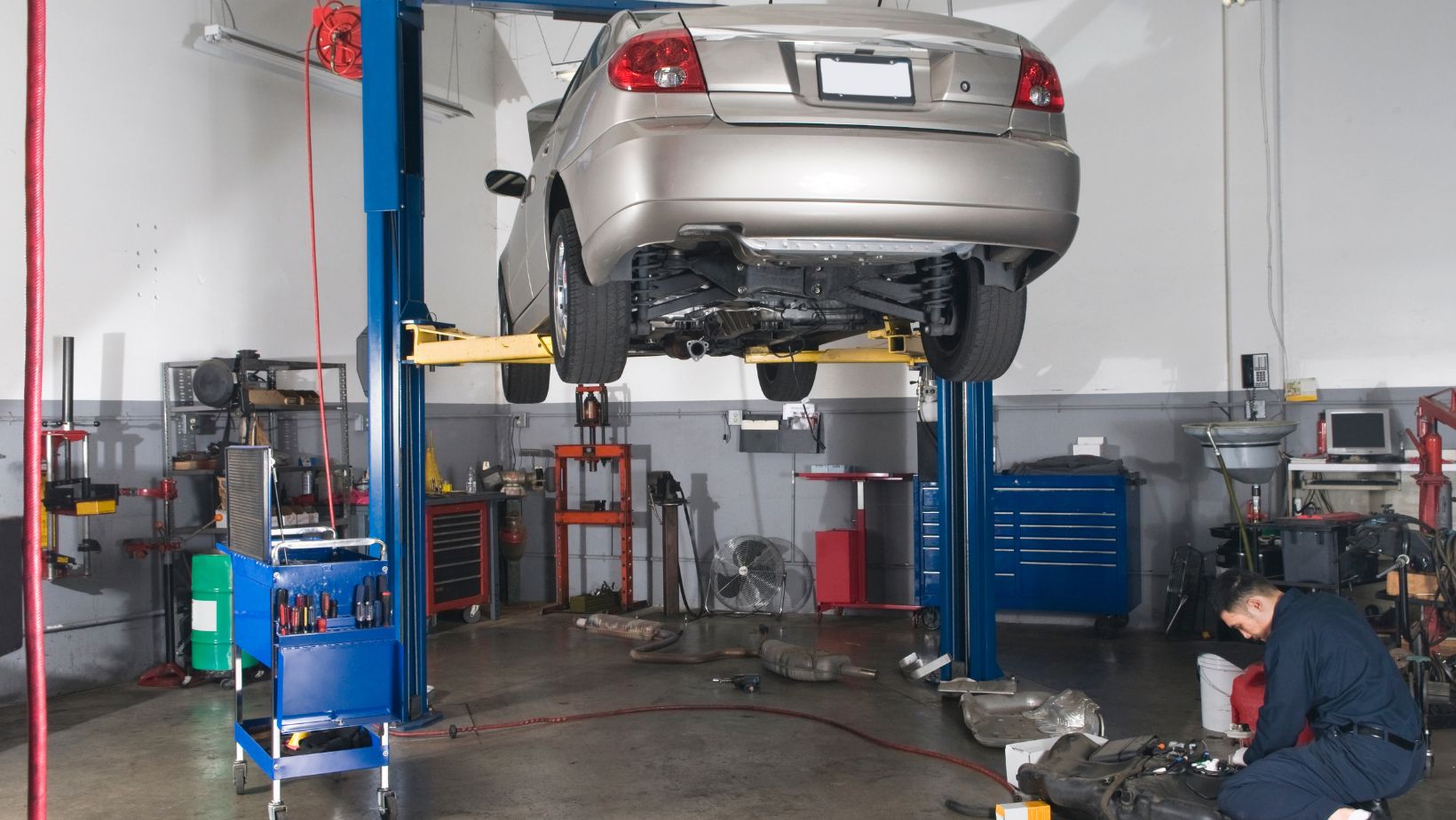
One common problem that car lifts may encounter is hydraulic fluid leaks. These leaks can cause a loss of lifting power and potentially lead to safety hazards. Identifying and fixing these leaks promptly is crucial to maintain the functionality and safety of the lift.
Car Lift Repair
Safety Precautions to Consider for Car Lift Repair
When it comes to car lift repair, safety should always be the top priority. Before attempting any repairs or troubleshooting, it’s crucial to take the necessary precautions to ensure a secure working environment. Here are some key safety measures to consider:
- Proper Training: Make sure that anyone who operates or repairs car lifts has received proper training on their usage and maintenance. This includes understanding the manufacturer’s guidelines and recommended procedures.
- Regular Inspections: Conduct routine inspections of your car lift system to identify any signs of wear and tear, loose bolts, hydraulic leaks, or damaged components. Addressing these issues promptly can prevent accidents down the line.
- Clear Workspace: Keep your work area clutter-free and well-lit to minimize potential hazards. Remove any tools, equipment, or debris from around the lift that could interfere with its operation.
- Personal Protective Equipment (PPE): Always wear appropriate PPE when working on car lifts, including safety goggles, gloves, and steel-toed boots. This will protect you from potential injuries during repairs.
- Follow Manufacturer Guidelines: Adhere strictly to the manufacturer’s instructions for installation, operation, and maintenance of your specific car lift model.
Identifying Common Problems with Car Lifts
Car lifts can experience various issues over time due to regular usage or lack of proper maintenance. By being aware of common problems associated with car lifts, you’ll be better equipped to address them effectively:
- Hydraulic System Malfunctions: Weak lifting power or slow rising/falling motion may indicate problems with the hydraulic system such as low oil levels, worn-out seals, or damaged cylinders.
- Electrical Failures: If your car lift fails to respond when using control buttons or exhibits erratic behavior like sudden stops or jerking movements during operation, it could be due to electrical issues such as faulty wiring or a malfunctioning control panel.
- Structural Integrity: Over time, the structural components of a car lift can deteriorate, leading to instability or uneven lifting. This may result from worn-out cables, damaged pulleys, or bent columns.
- Mechanical Failures: Loose bolts, worn-out bearings, or misaligned components can cause mechanical failures in car lifts. These issues can affect the smooth operation and stability of the lift.

Steps to Troubleshoot and Fix Car Lift Issues
Here are some general steps you can take to troubleshoot and fix common problems with car lifts:
- Inspect and Clean: Perform a thorough inspection of your car lift system, checking for any visible signs of damage or wear. Clean all components regularly to prevent dirt and debris from affecting the system’s performance.
- Refer to Manufacturer Documentation: Consult the user manual or contact the manufacturer for troubleshooting guides specific to your car lift model. Follow their recommended procedures for diagnosing and addressing common issues.
- Check Fluid Levels: Ensure that hydraulic fluid levels are adequate according to the manufacturer’s specifications. If necessary, replenish or replace fluids as instructed in the documentation.
- Tighten Connections: Inspect all bolts, nuts, and connections throughout the lift system. Tighten any loose fasteners while being careful not to overtighten them.
- Seek Professional Help if Needed: For complex repairs or issues beyond your expertise, it’s advisable to reach out to a qualified technician who specializes in car lift repair.
In conclusion, understanding the common problems associated with car lifts helps us comprehend the importance of regular maintenance and timely repairs. Whether it’s addressing hydraulic fluid leaks or resolving electrical issues, seeking professional assistance from experienced technicians ensures optimal performance and extends the lifespan of your car lift equipment. Stay tuned for more detailed tips on how to troubleshoot specific problems related to car lift repair!







































